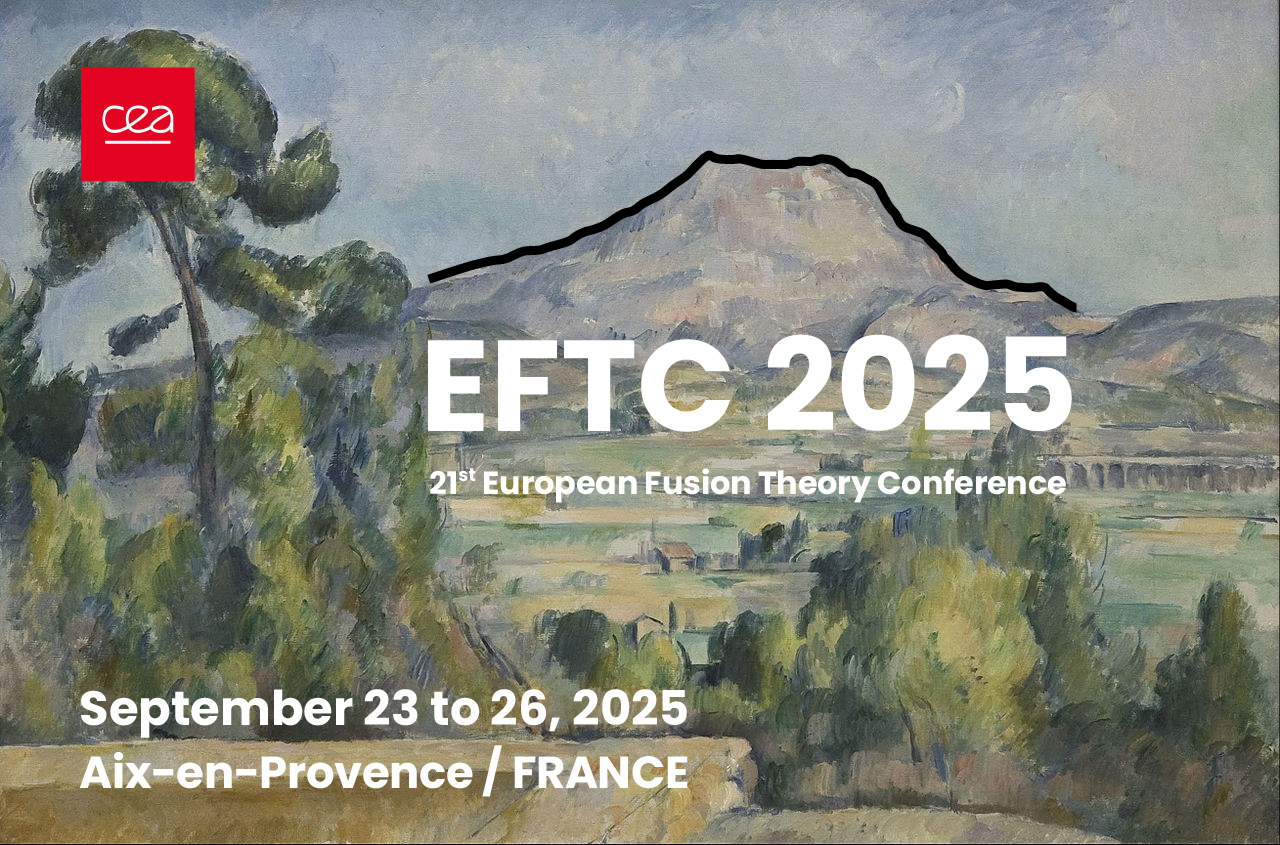Speaker
Description
Disruptions, i.e. major instabilities in which plasma confinement is lost, are a significant threat to tokamak operation. During a disruption, the resistivity of the plasma increases as the thermal energy is quickly lost, causing the current to decrease. Due to the self-inductance of the plasma this leads to the generation of a strong parallel electric field. As the friction force experienced by fast electrons in a plasma has the peculiarity that it decreases with increasing electron velocity, this electric field can accelerate some fast electrons to relativistic velocities. These so-called runaway electrons (REs) can exponentially multiply due to large-angle collisions with thermal electrons in what is known as the runaway avalanche. Because the avalanche is exponentially sensitive to the pre-disruption plasma current, this can lead to multi-MA RE beams in large future devices such as ITER and may cause severe localized wall damage. Simulations including the RE sources in realistic 3D fields are needed to further the understanding of RE generation and losses and develop viable mitigation scenarios.
The 3D nonlinear MHD code JOREK [1] contains a hybrid fluid-kinetic model that describes the REs with a full-f relativistic particle in cell (PiC) approach using either full-orbit [2] or drift kinetic RE descriptions [3]. We present the status of including the avalanche source in this model. The implementation of the avalanche source consists of a relativistic large-angle collision operator along with a periodic resampling of the markers to limit their number while the number of REs grows exponentially. This implementation was benchmarked [4] against analytical expressions from literature [5] and good agreement was found when applying the same cut-off momentum for the large-angle collisions. Present work concentrates on accurate conservation properties in the resampling, performance optimizations to overcome the large time scale separations of the involved processes, and on first applications to 3D RE beam termination scenarios and possible re-avalanching.
[1] M. Hoelzl, G.T.A. Huijsmans et al. The JOREK non-linear extended MHD code and applications to large-scale instabilities and their control in magnetically confined fusion plasmas. Nuclear Fusion, 61(6), 2021.
[2] H. Bergström, S-J Liu et al. Introduction of a 3D global non-linear full-f particle-in-cell model for runaway electrons in JOREK. Plasma Physics and Controlled Fusion, 67(3):035004, 2025.
[3] S-J Liu, T Liu, H. Bergström, H-W Zhang, M. Hoelzl, JOREK Team. Hybrid fluid-kinetic simulations of resistive instabilities in runaway electron beams (in preparation)
[4] F. Wouters. Implementation and validation of the avalanche source for a 3D kinetic model of relativistic electrons during disruptions. Master’s thesis, Technical University of Eindhoven, June 2024. Available at https://research.tue.nl/en/studentTheses/implementation-and-validation-of-the-avalanche-source-for-a-3d-ki.
[5] P. Aleynikov and B. N. Breizman. Theory of two threshold fields for relativistic runaway electrons. Physical Review Letters, 114(15):1-5, 2015.

